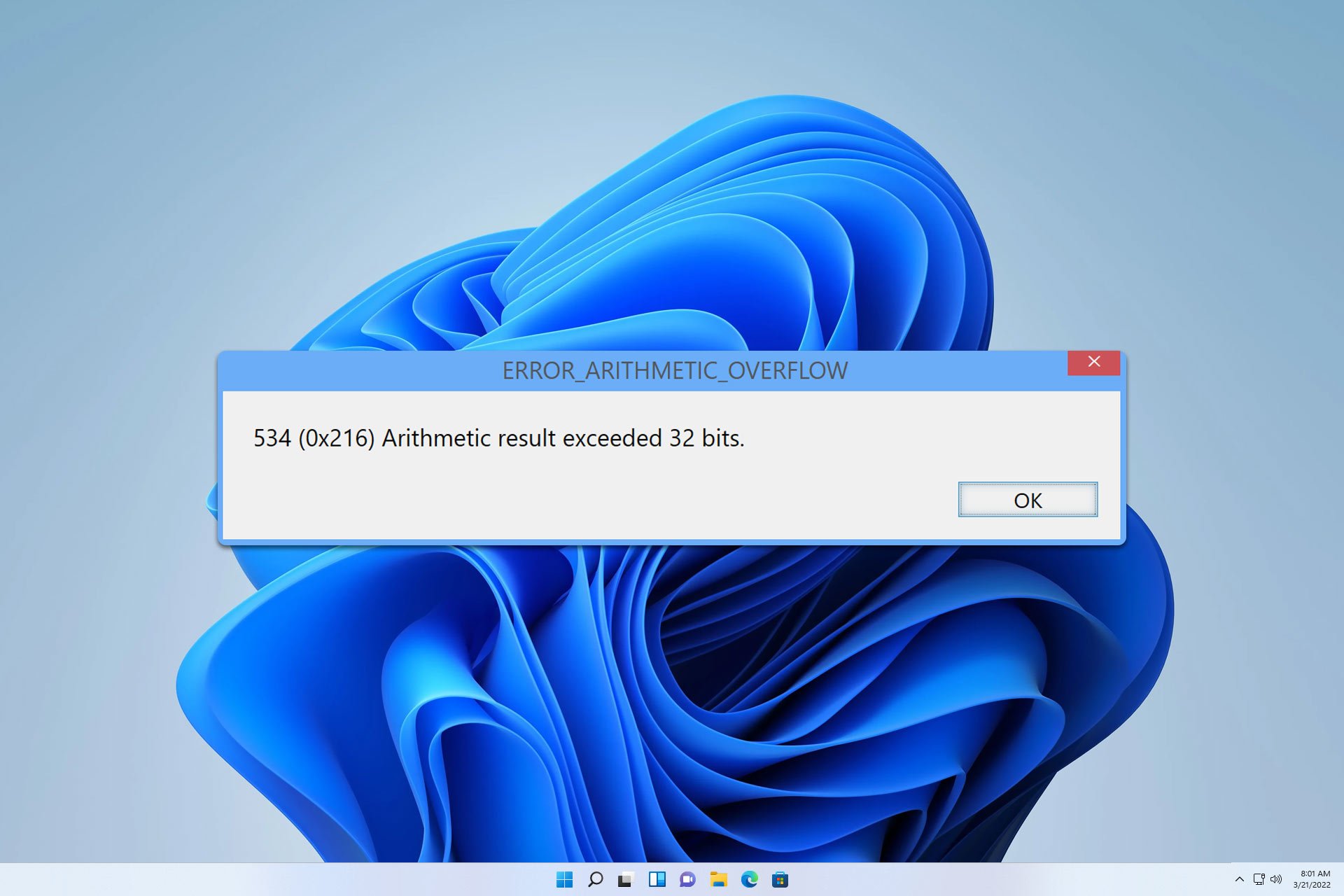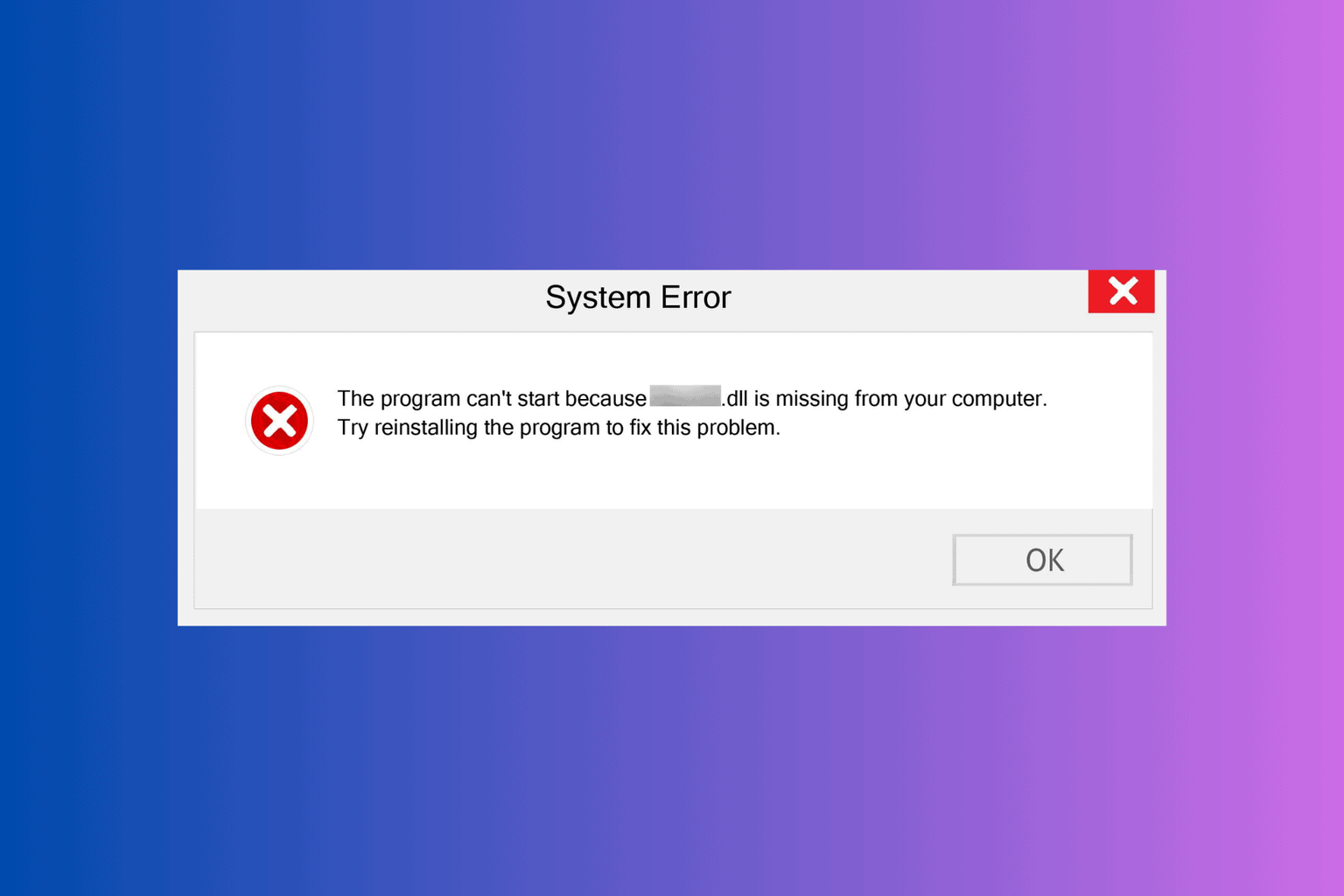Microsoft to lower Windows 10 licensing for low-cost notebooks on March 1, says DigiTimes
2 min. read
Published on
Read our disclosure page to find out how can you help Windows Report sustain the editorial team. Read more
PC sales have been on a steady decline for the last five years according to recent reports from Gartner and IDC, but Microsoft may well try to do something about it this year. Indeed, Taiwan-based supply chain makers told DigiTimes that the Redmond giant has agreed to lower Windows 10 licensing rates for under 14.1-inch low-cost notebooks to be launched in 2017. The Taiwanese newspaper added:
2017 licensing rates will come into effect on March 1, the sources said. As usual, charges vary with notebook screen size, emerging markets and markets in developed countries, high-end, mid-range and entry-level models, and type of notebook such as 2-in-1 hybrid or conventional clamshell, the sources indicated.
DigiTimes’ sources also indicated that Chromebooks are becoming increasingly attractive to manufacturers as Google doesn’t charge a license for Chrome OS. Anyway, it seems that Microsoft already had other plans to compete with Chromebooks: a month ago, the company announced that it was working on a new Windows 10 on ARM SKU that will allow manufacturers to build cheaper laptops that can run all legacy Win32 apps through emulation. Licensing details for this new SKU are not not known yet, though we expect these ARM-based laptops to be cheaper than Intel-based ones.








User forum
0 messages